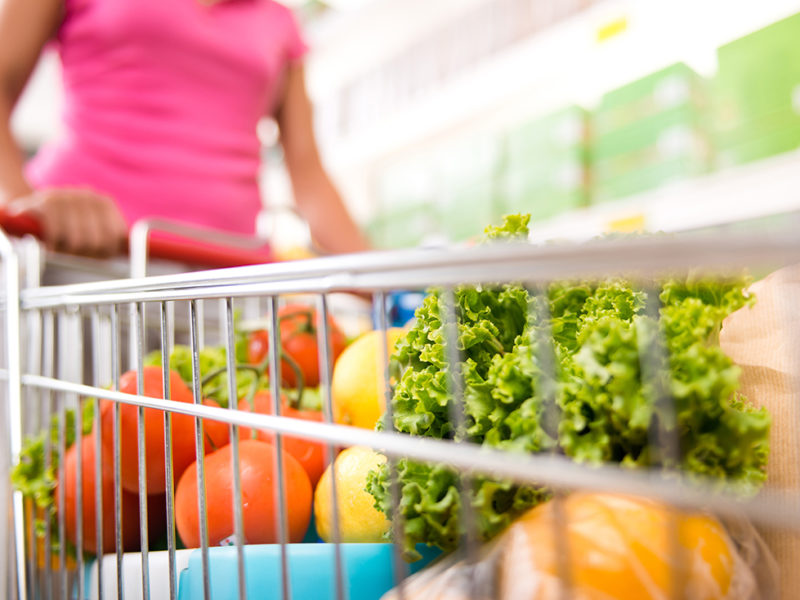BC food prices are set to rise in 2021 even as prices drop in the other three western provinces.
“We are expecting British Columbia to experience higher than average price increases,” states the annual food price report released this week by the Agri-Food Analytics Lab at Dalhousie University.
The report forecasts food prices nationally will rise 3% to 5% this year, led by meat and vegetables at upwards of 6.5%, and bakery products at 5.5%.
The report draws on well-established modelling to make its forecasts, and this year’s analysis included the work of Jim Vercammen, professor of food and resource economics in the Faculty of Land and Food Systems at UBC.
Vercammen says BC is vulnerable to supply chain disruptions associated with lockdowns in California, a key supplier of fresh produce to the province.
“A few years ago we saw what happened to the price of cauliflower when there was a major supply chain disruption,” he told Country Life in BC. “It is certainly reasonable to believe that something similar can happen again, but this time impacting a wider swath of produce.”
On the other hand, he feels the meat supply proved itself resilient this year despite shutdowns to major plants in Alberta.
The net effect to local growers should be positive. While imports supplement local production, typically during the winter when local farms can’t take advantage of peak pricing, greenhouse growers are in a better position.
“Shortages and the associated higher prices would certainly benefit the local hot house industry and other local producers,” says Vercammen, while cautioning that prices still need to reflect local incomes. “If consumers return to indicating that they are willing to pay a premium for local produce but shy away from doing so when in the store, then growth of the local industry will continue to be constrained.”
According to a recent report for the Canadian Centre for Food Integrity, food affordability has been a top concern for Canadians this year. While incomes in BC typically support higher prices, more than 80,000 people access the province’s 103 food banks each month. This has increased through the COVID-19 pandemic.
“Approximately 50% of our members reported an increase in client numbers in the advent of the pandemic,” says Dan Huang-Taylor, executive director of Food Banks BC. “However, many of our members have seen increasing client numbers since the fall and anticipate the demand will continue to rise.”


 COVID-19 hits Fraser Valley farms
COVID-19 hits Fraser Valley farms